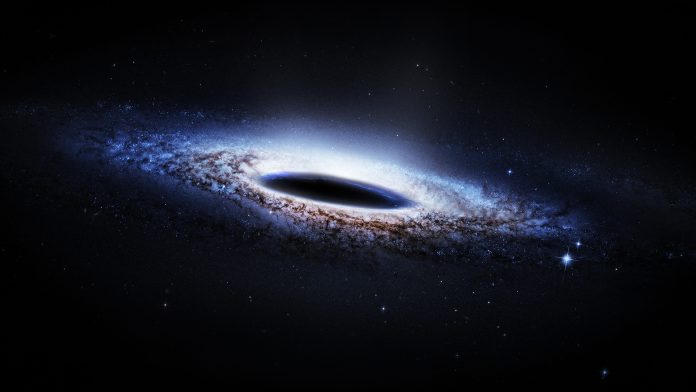These days, the discovery of a new black hole in the universe is not a unique thing. But if this black hole is different from others then it can definitely be something unique. The same thing happened when astronomers discovered a black hole in the Milky Way which is dormant and seems to have been born without the explosion of a dying star. Scientists are calling this strange black hole “Needle in the Haystack”. Scientists have come to know about this black hole.
Blurry x ray signals
The appearance of rapid and bright X-ray radiation shows how rapidly the black hole is swallowing the matter around it, due to its very powerful gravitational force. Along with this, scientists found that this black hole could not have arisen due to a stellar explosion like a supernova.
How are black holes formed?
Black holes are believed to be formed by the contraction of the remains left after a supernova explosion that occurs during the death of a star, turning it into a body with extremely unusual density. Its gravity is so high that due to its influence even light cannot escape and it also pulls it inside. And its presence is revealed only by the intense light generated due to the activities around it.
A different black hole
This black hole is different. Its weight is only 9 times more than our Sun. Its Tarantula Nebula has been discovered in the Giant Magellanic Cloud Galaxy, which is located 160 thousand light years away from Earth. Along with it there is also a very bright hot blue star which is 25 times larger than the Sun and both are revolving around each other forming a binary system.
Needle in haystack
The name of this twin system is VFTS 243 and scientists believe that the black hole’s companion star will also become a black hole sooner or later and both will merge into each other. Tomer Shenar, lead author of this study published in Nature Astronomy and Research Fellow in Astronomy at the University of Amsterdam, said that finding such objects is a very challenging task and ‘we have done the work of finding a needle in a haystack’.
The search was going on for decades
Karim Al Badri, co-author of this study, has said that this is the first body of this kind which astronomers had been searching for for decades. Researchers used six years of observations from the European Southern Observatory’s Very Large Telescope in Chile and succeeded in finding such an object.
